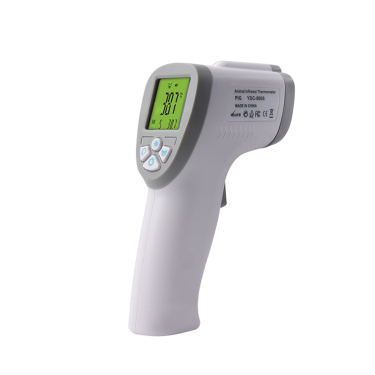
# Dog Thermometer: Essential Tool for Monitoring Your Pet’s Health
## Why Every Pet Owner Needs a Dog Thermometer
As a responsible pet owner, monitoring your dog’s health should be a top priority. One of the most crucial tools in your pet care arsenal is a reliable dog thermometer. Unlike human thermometers, these specialized devices are designed specifically for canine use, providing accurate readings that can help you detect potential health issues early.
## Understanding Normal Dog Temperature
Before using a dog thermometer, it’s important to know what constitutes a normal temperature range for your furry friend:
– Normal range: 101°F to 102.5°F (38.3°C to 39.2°C)
– Mild fever: 103°F (39.4°C)
– High fever: 104°F (40°C) or above
– Dangerously low: Below 99°F (37.2°C)
## Types of Dog Thermometers
Keyword: dog thermometer
There are several types of thermometers available for canine use:
### 1. Digital Rectal Thermometers
The most accurate option for dogs, these thermometers provide quick readings when inserted about 1 inch into the rectum.
### 2. Ear Thermometers
Less invasive than rectal thermometers, these measure infrared heat waves from the ear canal.
### 3. Non-contact Infrared Thermometers
These allow temperature taking without physical contact by scanning the inner ear or other areas.
## How to Properly Use a Dog Thermometer
Proper technique ensures accurate readings and keeps your pet comfortable:
– Lubricate the thermometer tip with petroleum jelly or water-based lubricant
– Gently lift your dog’s tail and insert the thermometer about 1 inch
– Hold it in place until it beeps (for digital models)
– Clean the thermometer thoroughly after each use
– Reward your dog with treats to create positive associations
## When to Check Your Dog’s Temperature
Regular temperature checks can help catch health issues early. Consider checking when:
– Your dog seems lethargic or less active than usual
– You notice changes in eating or drinking habits
– Your pet shows signs of discomfort or pain
– Before and after vaccinations
– During extreme weather conditions
## Interpreting the Results
Understanding what your dog’s temperature means is crucial:
– Below 99°F (37.2°C): Hypothermia – seek immediate veterinary care
– 103°F (39.4°C) or above: Fever – contact your vet
– 106°F (41.1°C) or above: Emergency – requires immediate medical attention
## Choosing the Right Dog Thermometer
When selecting a thermometer for your pet, consider:
– Ease of use and reading display
– Speed of results (faster is better for anxious dogs)
– Durability and waterproof features
– Flexible tips for comfort
– Memory function to track temperature trends
## Maintaining Your Dog Thermometer
Proper care ensures accuracy and longevity:
– Clean with alcohol wipes after each use
– Store in a protective case
– Replace batteries regularly
– Check accuracy periodically against a known standard
A dog thermometer is an essential tool for every pet owner. By regularly monitoring your dog’s temperature and understanding what the readings mean, you can catch potential health issues early and ensure your furry companion stays happy and healthy for years to come.
